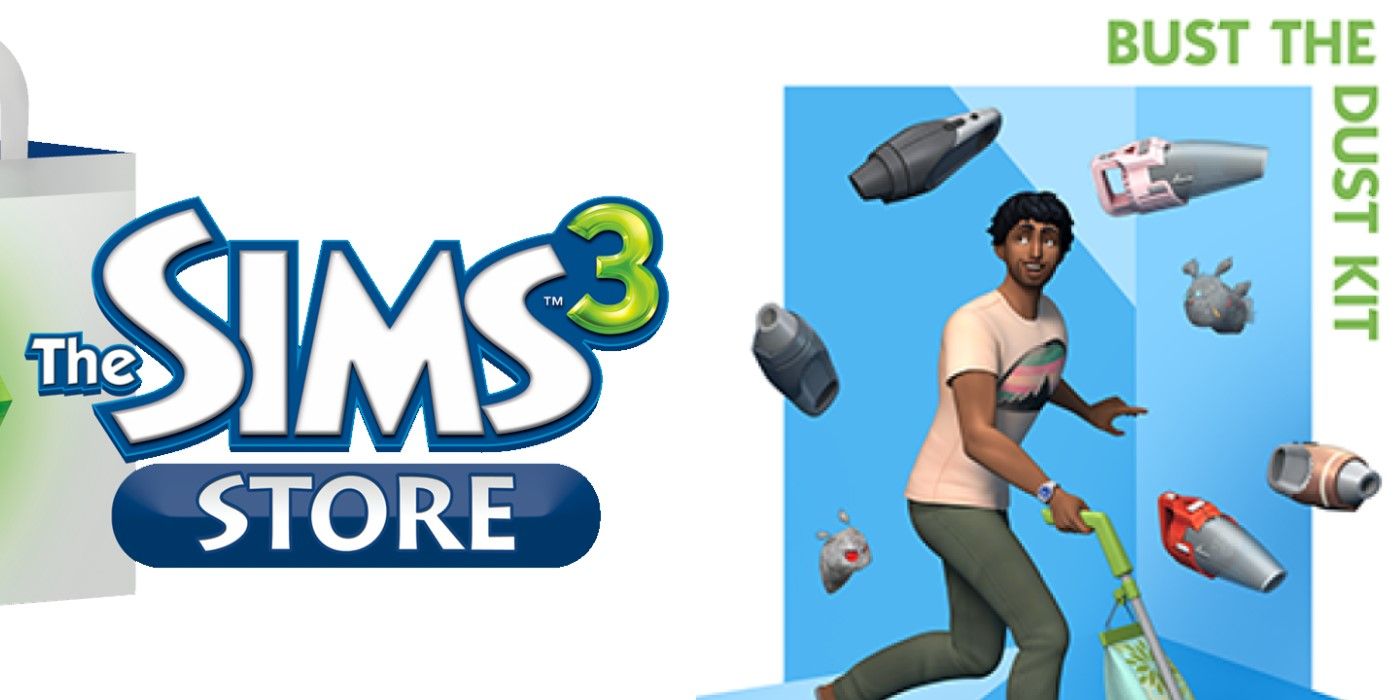
The Sims 4 recently added a new kind of DLC called “Kits.” These DLC packs are not as fleshed out as stuff, game, or expansion packs, and are meant to be “bite-sized” content that’s hyper-focused on one specific aspect. Kits focus on either CAS (Create-a-Sim) style gameplay, Build/Buy mode style gameplay, or live mode gameplay. On the surface, it seems Kits open up a variety of possibilities for the developer to continue to create and release content between the release of bigger DLC; in theory, it helps avoid a “content drought” in The Sims 4.
However, the return of microtransactions like this tend to spell trouble for longtime fans of The Sims franchise. This isn’t the first time microtransactions have affected The Sims games, but prior to the release of Kits, it seemed The Sims 4 was progressing past the need for microtransactions. The Sims 3 Store is the most blatant example of Sims fans being upset about having additional optional content, but it’s not the content that’s the issue. Breaking down the numbers, it’s clear why fans would be frustrated that the developer is turning to microtransactions again.
RELATED: The Sims 4 Birthday Update: The Good and The Missed Marks

The Sims 3 Store is still operational, as many players fluctuate between playing new and old Sims games if possible. To purchase items on the Store, players had to first convert real currency into “SimPoints,” which could then be used to buy in-game items. Mathematically, every 1 SimPoint is worth 0.10 cents in American currency. Players can still purchase SimPoints via Origin, starting with 1000 SimPoints per $10.
Having additional content for the game that is advertised as 100% optional isn’t a bad thing. In fact, it allows players to truly pick and choose what items they want for their gameplay without having to buy an entire pack for one specific piece of it. However, The Sims 3 Store was pretty insidious in its implementation, constantly popping up when players entered CAS or Build/Buy mode. Seeing those messages pop up constantly would eventually make players feel bad for not having those items in their game, and could influence them to spend more money in the Store, even if they already owned all The Sims 3 DLC.
The Sims 3 Store sells bundles of items or individual pieces, as well as new worlds for players to explore. Worlds aren't the only thing that can be purchased with real currency or SimPoints. When the math is done, purchasing all worlds, venues, and sets listed on The Sims 3 Store amounts to the $2,000 ballpark. That number doesn’t even include the price of the base game or expansion and stuff pack DLC, not to mention the fact that players could purchase individual items in lieu of sets.
RELATED: NPCs Who Need to Make a Comeback in The Sims 4
The Sims 4 has 10 expansion packs, 9 game packs, and 18 stuff packs which, when totaled up at full price, ends up being over $750 without tax. Add this number to the cost of The Sims 4 base game at $39.99, and The Sims 4 costs almost $800 total. Now there are Kits to add to this, with each kit retailing for $4.99. Currently there are only 3 Kits available, the Throwback Fit Kit, the Country Kitchen Kit, and the Bust the Dust Kit, so the overall total value of The Sims 4 will only increase by about $15 - for now.
If the developer continues releasing Kits and encouraging microtransactions of this caliber, it’s a sure-fire way to displease a lot of fans of the franchise. Some fans have already been vocal about their distaste for Kits, especially because conversion rates make them more expensive in other countries, while others have voiced support for the optional items advertised. Whether Sims 4 players love or hate Kits, the math works out the same and it’s clear microtransactions have set the franchise back instead of moving it forward.
The Sims 4 is available now for PC, PS4, and Xbox One.

